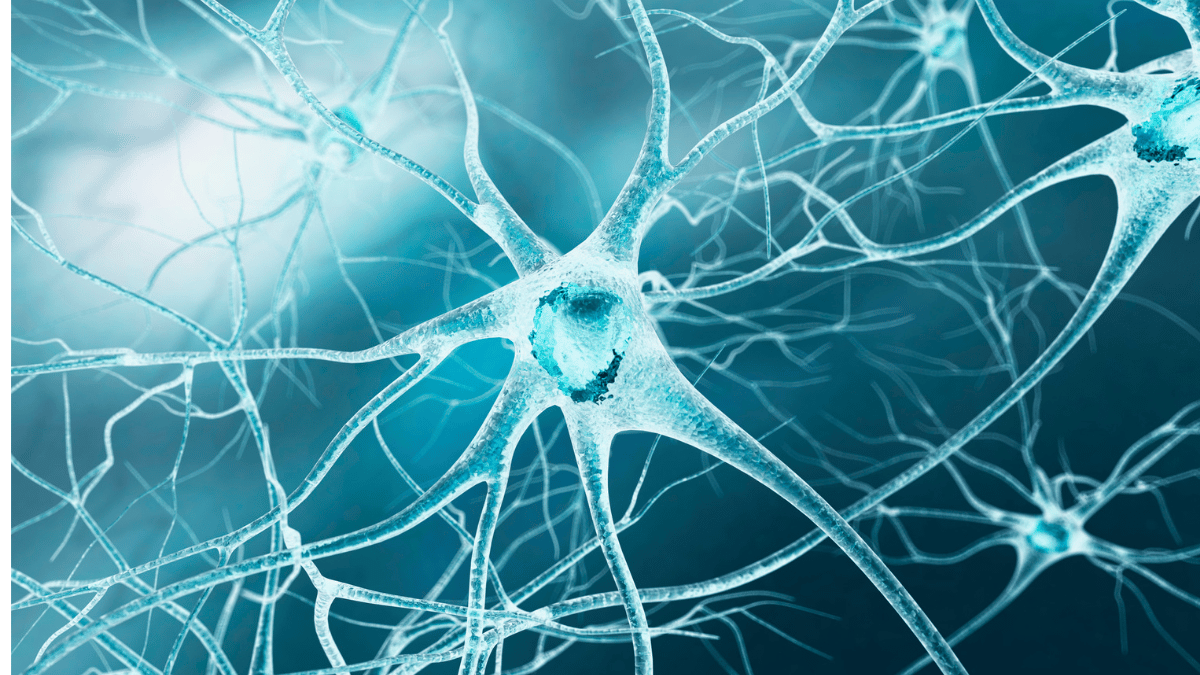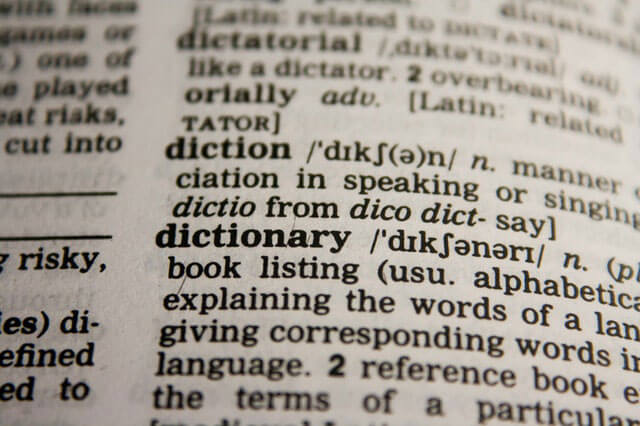Action Potential: Definition and Function
An action potential takes place when the voltage of a cell changes, allowing an electrical signal to travel down the axon toward the end of the cell.

An action potential is a rapid sequence of changes in the voltage of a membrane that allows electrical signals to be transmitted down the length of the cell. The depolarization of the cell allows the electrical signal to be propagated down the length of the axon where it can trigger the release of chemical messengers from the end of the cell.
Each action potential lasts for mere milliseconds and acts based on the all-or-nothing principle. An action potential either fully fires or does not—there is no such thing as a partial or weak response.
Neurons are the primary building blocks of the nervous system. In order for information to be transmitted to and from the brain, neurons must have a way to transmit signals from one neuron to the next. The firing of a neuron triggers the action potential that carries nerve signals from the brain to areas of the body, allowing the body to respond to stimuli in the environment.
Resting Potential
Prior to the firing of the neuron, the inside of the cell has a negative charge compared to the positive charge outside of the cell. In the cell’s resting state, some ions are able to pass freely across the cell membrane, while others are prevented from passing through.
The difference between the voltage found inside the cell and outside of the cell is known as the resting potential. While it varies, the typical resting potential of a neuron is around -70 millivolts. This means that the charge inside of the cell is 70 millivolts lower than the charge outside of the cell.
The Nerve Impulse
When a cell receives a nerve impulse, it triggers a change in the voltage-gated ion channels in the cell membrane. Positively charged sodium ions rush into the cell, followed by the opening of potassium ion channels that allow potassium to exit the cell. This causes a change in the charge inside the cell. Once it reaches the threshold potential, which is around -55 millivolts, an action potential is triggered.
The message then travels down the axon to the end of the cell. The impulse reaches the end of the cell, where it causes the release of neurotransmitters into the synapse. These chemical messengers cross the synaptic cleft to the next cell, where they can have either an excitatory or inhibitory effect.
If the neurotransmitter has an excitatory effect, it will trigger an action potential to fire in the next cell. If it is an inhibitory neurotransmitter, it will prevent the next cell from firing.
Refractory Period
Following an action potential, there is a rest period where the cell cannot fire again. This refractory period is usually around a millisecond long.
The rest period allows the cell to return to its previous state. The resting potential is restored, which then allows the cell to fire once again if it receives another nerve impulse.
Summary
In simple terms, an action potential is a sequence of changes in the voltage of a cell’s membrane that allows an electrical signal to transmit information. These signals carry the message away from the cell body to the dendrites, where it triggers the release of neurotransmitters into the synapse.
The action potential is rapid, allowing cells to communicate information quickly. Only neurons and muscle cells are able to propagate action potentials. This leads to the transmission of information to and from the brain, as well as to the transmission of signals that result in either the contraction or relaxation of muscle fibers.




